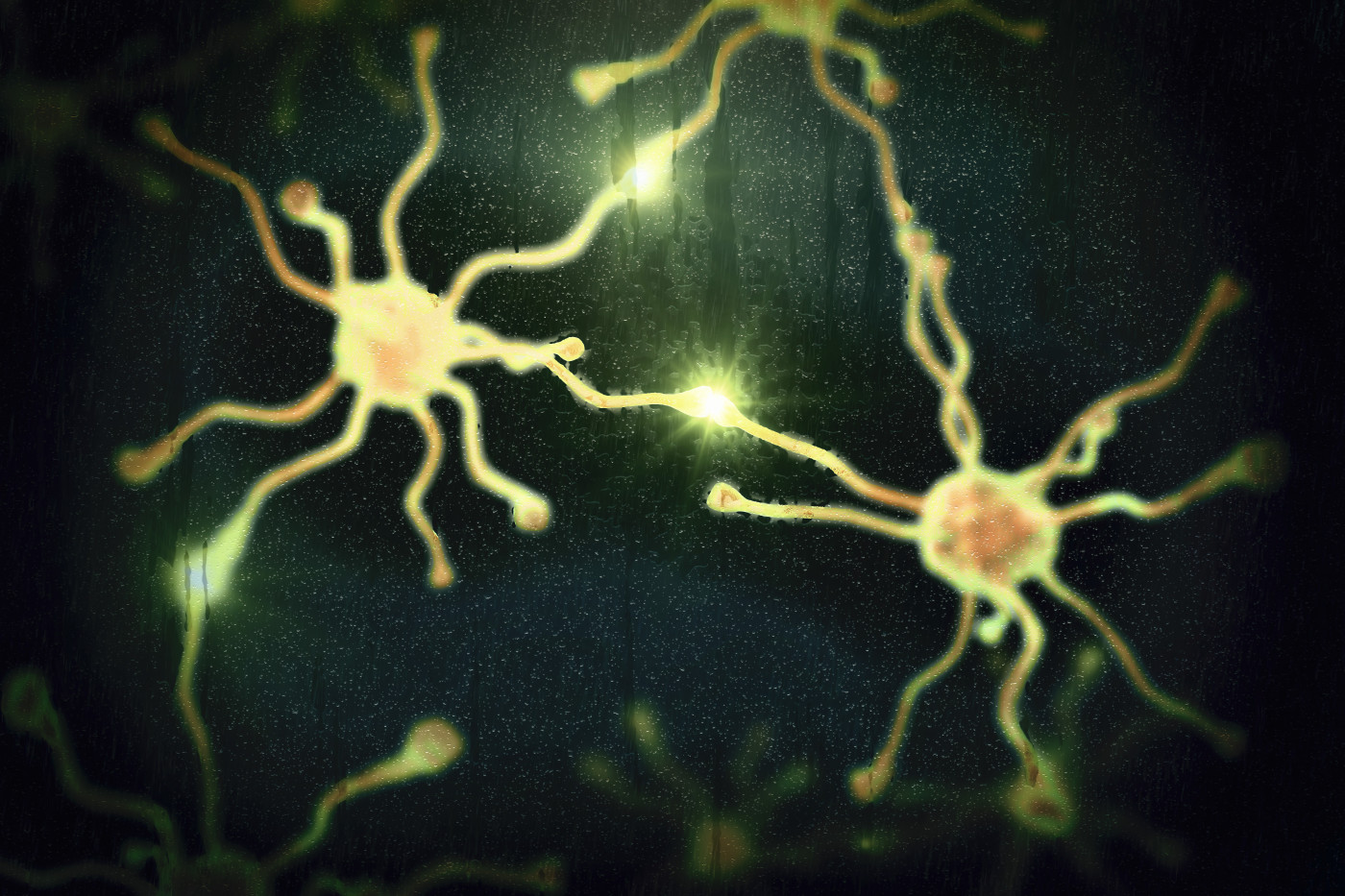Loss of Nerve Cell Connectors Can Not Explain Cognitive Impairment, Study Concludes
Written by |

Loss of synapses, or communication-conveying connections between one nerve cell and another, does not explain the early cognitive impairment in Alzheimer’s patients, researchers concluded.
The study, “Moderate decline in select synaptic markers in the prefrontal cortex (BA9) of patients with Alzheimer’s disease at various cognitive stages,” appeared in the journal Scientific Reports.
Alzheimer’s is the sixth-leading cause of death in the United States, the Alzheimer’s Association says. About 5.5 million Americans of all ages have it, mostly women.
Alzheimer’s is caused by a combination of genetic, lifestyle, and environmental factors. Its hallmark is progressive loss of nerve cells and synapses. The deterioration ultimately leads to the brain shrinking and symptoms such as severe cognitive impairment and changes in personality and behavior.
A French and Canadian research team wanted to know if synaptic proteins could be used as biomarkers of the progression of dementia. They looked at the levels of eight synaptic proteins in 171 people with and without Alzheimer’s who were at various stages of cognitive impairment.
Their focus was synapses in Brodmann area 9 of the prefrontal cortex. This part of the brain is involved in decision-making, social behavior, personality expression, and memory.
In contrast with what other studies have reported, the team discovered that the loss of synaptic biomarkers in Alzheimer’s is relatively minor, ranging from 12 to 42 percent.
“Much to our surprise, in studying the fate of eight neuronal [nerve cell] and synaptic markers in our subjects’ prefrontal cortices, we only observed very minor neuronal and synaptic losses,” Salah El Mestikawy, a McGill University professor who was one of the study’s senior authors, said in a press release. “Our study therefore suggests that, contrary to what was believed, neuronal and synaptic loss is relatively limited in Alzheimer’s.”
The team also looked for a correction between patients’ synaptic loss and their levels of dementia. They found none.
Overall, “the findings of this study suggest that the loss of synaptic markers in BA9 is a late event that is only weakly related to AD dementia,” the researchers wrote. “The present investigation only weakly supported the notion that dementia is associated with a sustained age-dependent loss of synaptic markers in BA9.”
The results suggested that synaptic dysfunction, not synaptic loss, may be associated with dementia. Understanding the dysfunction could pave the way for effective treatments for Alzheimer’s, the team said.
“Until now, therapeutic interventions have been aimed at slowing synaptic destruction. Based on our study, we are going to have to change our therapeutic approach,” El Mestikawy said.





